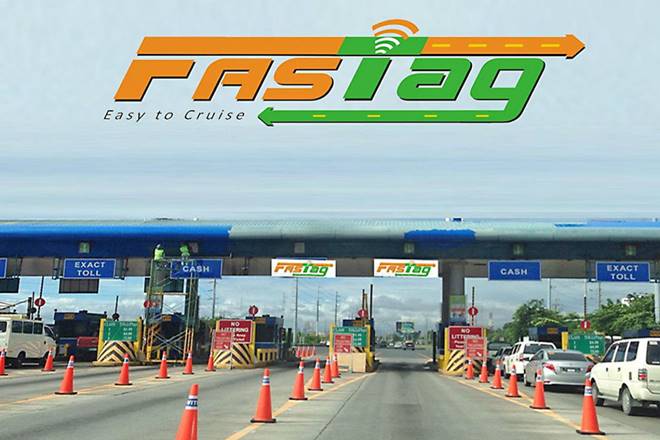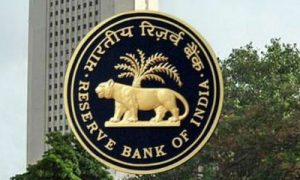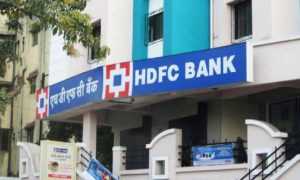The introduction of FASTag has transformed travel with reduced waiting time and minimised queues at fee plazas. It has also reduced fuel consumption and provides for a seamless passage
The impact of the Union government’s constant check on revenue leakage and work towards a Digital India can be seen in the amount of toll collected across national highways in the country, which has reported a 32 per cent rise since 2018-19. Also, the amount collected this financial year up to December is almost equal to the toll received during the entire 2021-22, official data analysed by News18 shows.
Responding to a query in Lok Sabha on Thursday, the Union Ministry of Road Transport and Highways (MoRTH) shared the details of state-wise user fee collection on National Highways (NHs) during the last five years. Across India, Rs 1,48,405.30 crore was collected from tolls since 2018-19, it shows.
Read More: Over 9.79 lakh vacancies in 78 central govt ministries, departments: Jitendra Singh
At the end of financial year 2017-18, India had 1,26,350 km of national highways that has increased to 1,36,440 km by end of FY21 — the latest updated figures from the ministry. Between the periods, additional 10,090 km were added as NHs.
Over the last few years, MoRTH has taken a number of steps to increase electronic toll collection. The impact of this is clearly visible on the toll collected which has increased constantly in the last five years.
In 2018-19, Rs 25,419.82 crore was collected on NHs across India. In FY20, it increased to Rs 27,694.99 crore and the next year the amount collected was Rs 27,920.17 crore.
A major step taken by the ministry was to declare all lanes of toll plazas on national highways as FASTag lanes from the midnight of February 15 and 16, 2021. This was done to achieve 100 per cent electronic fee collection. The rule also mandated that any vehicle not fitted with FASTag or without valid, functional FASTag entering into the dedicated lane will have to pay double the amount applicable to that category at the toll.
The impact of this step was such that during FY22, the toll collected on NHs was Rs 33,881.22 crore, at least 21 per cent more than the collection the previous year. This financial year, up to December, the toll collection is Rs 33,489.08 crore, just Rs 392 crore short of surpassing the previous year’s collection with three more months in hand, ministry data analysed by News18 shows. The financial year will end on March 31, 2023.
The introduction of FASTag has transformed travel with reduced waiting time and minimised queues at fee plazas. It has also reduced fuel consumption and provides for a seamless passage through the fee plazas.
According to the ministry, the deployment of Electronic Toll Collection (ETC) through FASTag at various fee plazas along national highways has brought transparency and enabled the correct valuation of road assets, which has encouraged more investors to invest in the highway infrastructure of the country, particularly, in asset recycling.
Read More: SC Notice To Centre Over Appeals Against BBC Documentary Ban; Seeks Reply In 3 Weeks
SLOW YET STEADY INCREASE
Further digging into the numbers shows a direct relation between the policies around FASTag and the rise in toll collection. The daily collection from FASTag has grown over the years with policies pushing its use.
The ministry, through a gazette notification, made FASTag compulsory for all four-wheeler motor vehicles sold on or after December 1, 2017.
From December 1, 2019, MoRTH declared all lanes of fee plazas on National Highways as FASTag lanes while provisioning one lane in each direction as hybrid lane to accept FASTag and other modes of payment.
From January 1, 2021, MoRTH mandated the fitting of FASTag in M&N categories of motor vehicles. Category ‘M’ stands for a motor vehicle with at least four wheels used for carrying passengers and ‘N’ stands for a motor vehicle with at least four wheels used for carrying goods, which may also carry persons in addition to goods.
In July 2019, the average daily collection from FASTag was Rs 11.2 crore. By December 2019, the average daily collection increased to Rs 52 crore. In February 2020, the daily average fee collection was Rs 80 crore per that further jumped to Rs 104 crore in February 2021.
Last month, MoRTH issued the numbers for total toll collection through FASTag on fee plazas on both national and state highways during the calendar year 2022, and it was Rs 50,855 crore or Rs 139.32 crore per day on average. During the previous calendar year, 2021, the earnings from this were Rs 34,778 crore or Rs 95.28 crore per day.
TOLL RATES REVISED ANNUALLY
In its reply in the Lok Sabha, MoRTH also informed that the toll charged on these highways across India undergoes a revision each year from April 1 in accordance with National Highways Fee (Determination of Rates and Collection) Rules, 2008, for Public Funded fee plazas and applicable fee rules at the time of Concession Agreement for Concessionaire fee plazas. Further user fee rates are increased as and when the tolling length is increased upon completion of stretch.

































